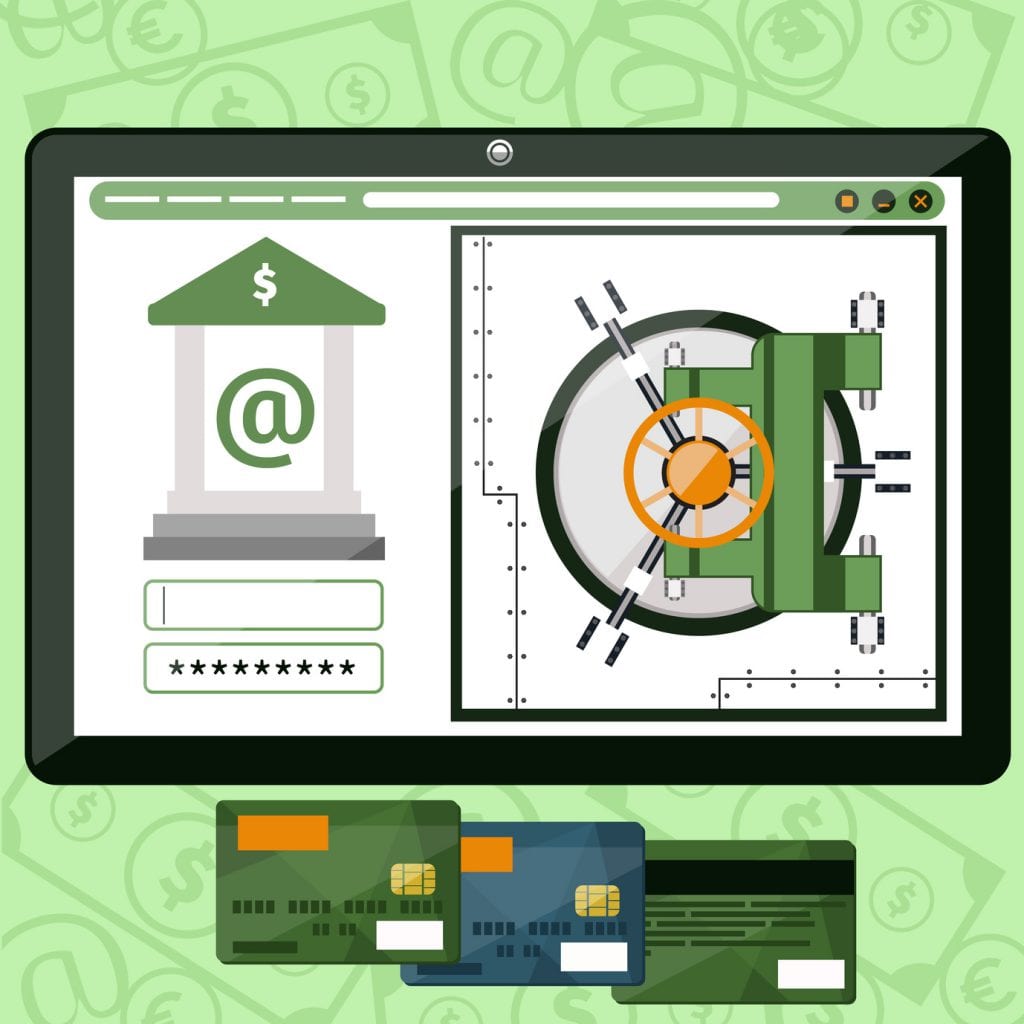Seattle Times today reviewed the success that Starbucks has had getting customers to pay with their mobile phones and contrasts that with the progress (or lack of progress) made by the major payment apps. Concisely, what Starbucks has achieved is an easy to use app with relevant rewards that creates a distinctive level of service, primarily around speed:
A big allure of the Starbucks mobile app is a connection with the company’s loyalty program, which doles out goodies like free coffee once people buy a certain amount of Starbucks menu items or merchandise. Even though people complained about a recent change Starbucks made to its rewards program, bribery is incredibly effective at changing human behavior.
For caffeine addicts, using a phone to order and pay for a Venti caramelized honey latte and then skip the line to pick it up is a chief benefit of the Starbucks app.
The author of this article also provides examples how Apple Pay, Android Pay and others can use these tactics in their business and pick up users:
The lure of discounts worked for Wal-Mart when it tried to hook people on its mobile price comparison app. What if Apple or Facebook also added loyalty rewards? Let’s say Apple gave people who used Apple Pay a $1 credit or a free iTunes song download for each $20 of merchandise purchased through Apple Pay. That would persuade a lot of newbies to try Apple Pay and then use it repeatedly.
Imagine if Samsung concentrated instead on situations where stripping away annoyances makes a big difference. Work out exclusive deals with Whole Foods or concession stands at Wrigley Field to create a dedicated line for people checking out with Samsung Pay.
Overview by Sarah Grotta, Director, Debit Advisory Service at Mercator Advisory Group
Read the full story here
